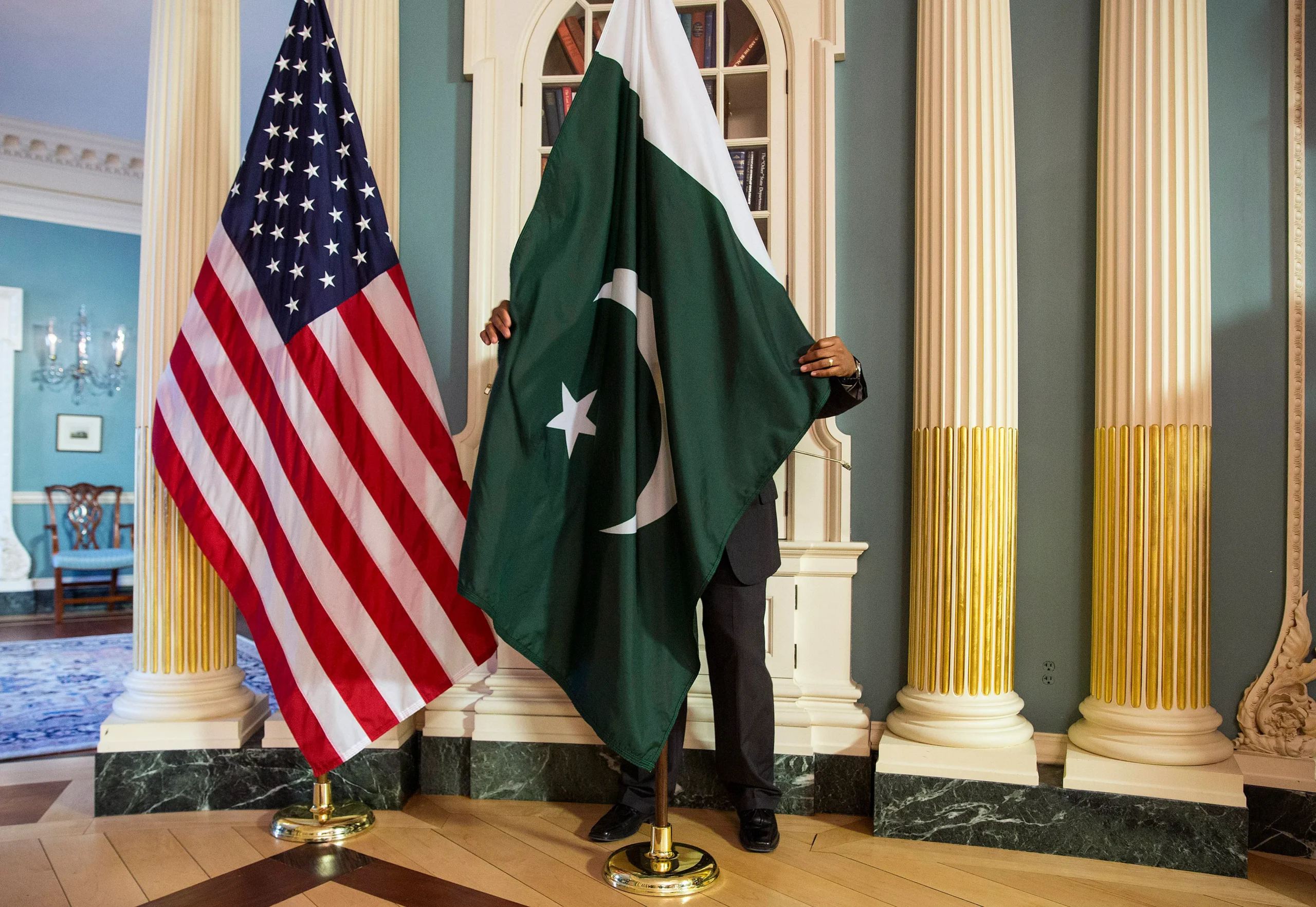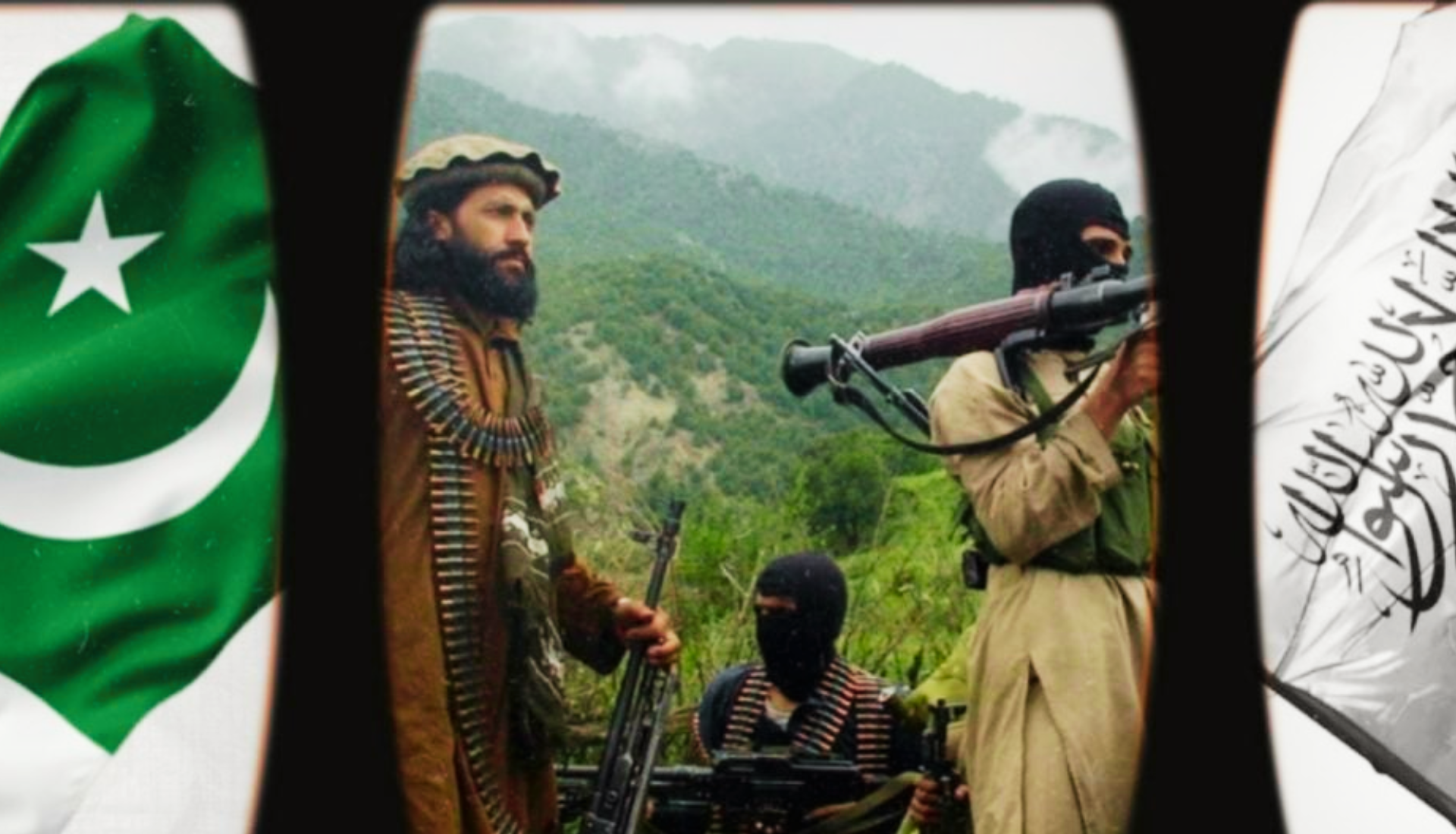Afghanistan is once again in the international spotlight following the recent assassination of Khalil Haqqani, one of the most influential figures within the Taliban. His death at the hands of Islamic State Khorasan Province (ISKP), an offshoot of the Islamic State of Iraq and the Levant (ISIS), has raised alarm bells not only within Afghanistan but across the region. This attack underscores ISKP’s growing threat, as the terrorist group has become a formidable adversary to the Taliban’s tenuous hold over the country.
The White House’s statement acknowledging that ISKP now has the capacity to target Taliban leadership underscores a critical shift in global perspectives on Afghanistan’s security situation. For months, experts and regional actors have warned about the resurgence of terrorist groups in Afghanistan, and this attack seems to validate those concerns. While the Taliban claims to have brought peace and stability to the country, the assassination of a key leader serves as a stark reminder that the group has not successfully eliminated internal threats. In fact, it underscores the Taliban’s inability to exert control over large swaths of Afghan territory, particularly areas that have become breeding grounds for extremist factions like ISKP.
Also See: Khalil Haqqani’s Death: Kabul Blast Shocks Afghanistan
Strategic Vulnerabilities of AIG Exposed by ISKP’s Attack
The recent assassination of Khalil Haqqani within his ministry’s premises underscores the fragility of the Afghan Interim Government’s claims of security and control. This attack reveals the ongoing challenges the government faces in asserting authority over a nation still plagued by transnational terror groups like ISKP, which continue to pose threats both within Afghanistan and to neighbouring countries. Following the assassination, ISKP mocked the Afghan Interim Government with a poster that boldly stated: “We killed your minister in the heart of Kabul; do you still deny our presence?” This statement not only exposes the group’s operational capabilities but also directly challenges the Afghan Interim Government’s authority.
Over the past three years, ISKP has targeted several high-ranking officials of the Afghan Interim Government, including Maulvi Hamdullah Mukhlis, Maulvi Dawood Muzmal, and Maulvi Abdul Haq Abu Omar, among others. These assassinations highlight the group’s ability to strike at key figures, undermining the government’s credibility and its claims of security stability.
Additionally, internal divisions within the Afghan Interim Government exacerbate these vulnerabilities. Tensions between the Haqqani faction and the Kandahari faction have persisted, further weakening the cohesion necessary to address both external and internal threats effectively. These ongoing fractures, if not resolved, could undermine the government’s ability to maintain stability and consolidate power, leaving it more susceptible to further destabilization by ISKP and other adversarial groups.
Decline in ISKP Attacks: A Tactical Shift?
Just weeks earlier, acting foreign minister Amir Khan Muttaqi was seen riding a motorcycle through Kabul, symbolizing what was claimed to be an era of improved security. Since the withdrawal of foreign forces, the Afghan Interim Government has identified ISKP as an existential threat, undertaking a nationwide campaign to suppress the group. This effort led to the elimination of several ISKP leaders, and by 2024, government officials were confidently proclaiming that ISKP’s insurgency had been largely defeated.
These claims were further supported by the following data from the Washington Institute about ISKP attacks on Afghanistan:
- August 2018-19: 400 attacks
- August 2019-20: 157 attacks
- August 2020-21: 275 attacks
- August 2021-22: 314 attacks
- August 2022-23: 69 attacks
However, was this decline in ISKP attacks a tactical shift or a genuine decrease in operational strength? The reduction may be primarily attributed to the Taliban’s efforts to suppress ISKP’s local attack capabilities. However, it could also reflect a strategic decision by ISKP to alter its attack patterns. The August 28 issue of the group’s Pashto magazine Khorasan Ghag (Voice of Khorasan) featured an essay suggesting that the decline resulted from Shahab al-Muhajir’s “strategic silence policy.” Although verifying such claims is challenging, internal documents leaked in 2020 revealed that the parent IS organization had previously underreported its responsibility for attacks in Syria, possibly for strategic reasons (such as sowing discord among enemies) or pragmatic reasons. A similar approach by ISKP in Afghanistan is plausible, though further time and data are needed to reach a definitive conclusion.
ISKP’s Propaganda: Undermining AIG
ISKP has strategically employed a two-pronged approach to undermine the Afghan Interim Government (IEA) and assert its presence. The group has launched a sophisticated propaganda campaign through its Al-Azaim Media Foundation, producing multilingual content that targets both the Afghan Interim Government and foreign entities. In tandem with this, ISKP has orchestrated attacks both within Afghanistan and beyond its borders. The group has carried out attacks in Pakistan, launched cross-border strikes on Tajikistan and Uzbekistan, and targeted locations as far afield as the Maldives (2020) and Shiraz, Iran (2022, 2023). Additionally, law enforcement agencies have thwarted at least 15 ISKP plots in countries such as India, Iran, Germany, Qatar, Turkey, and the Maldives, most of which have occurred after the Taliban’s takeover. These actions underscore ISKP’s persistent threat to regional stability as well as the Taliban’s limited counterterrorism capabilities, which focus primarily on domestic security concerns rather than international threats.
ISKP’s propaganda also seeks to delegitimize the Afghan Interim Government on ideological grounds. The group harshly criticizes the Taliban for its dealings with foreign powers, accusing the government of abandoning global jihad and serving the interests of the United States, Russia, and China. ISKP labels the Taliban as an ethno-nationalist movement, asserting that the group has deviated from true Islamic principles. The group claims that the Taliban has “abandoned the global jihad against infidel regimes” after coming to power with American backing. Furthermore, ISKP argues that the Taliban regime is now serving as a pawn of foreign powers in exchange for international legitimacy and financial support while neglecting the global plight of Muslims. Rooted in the ideological rift of the 1980s, ISKP, as a Salafi jihadist group, denounces the Taliban for adhering to the “highly flawed” Deobandi school of thought and accuses it of being an apostate, “Pashto-centric ethno-nationalist movement.”
This dual strategy—combining propaganda and violence—seeks to both destabilize the Afghan Interim Government and further its ideological agenda while highlighting the Taliban’s vulnerabilities in both counterterrorism and ideological consistency.
Beyond Afghanistan
Beyond the confines of Afghanistan, the ramifications of this growing instability are already being felt across the region. Pakistan, a neighbor with a long and complex relationship with Afghanistan, has been particularly vocal in its concerns. The Pakistani government has repeatedly warned that Afghanistan is becoming a haven for terrorist organizations, including not only ISKP but also groups like Tehrik-i-Taliban Pakistan (TTP) and al-Qaeda. With these organizations operating with increasing freedom, the prospects for lasting peace in Afghanistan—and by extension, the entire region—seem increasingly unlikely.
The growing influence of ISKP is not merely a concern for Afghanistan and Pakistan but for the global community. The group’s ability to target senior Taliban figures, such as Haqqani, indicates a level of sophistication and coordination that poses a direct threat to international peace and security. The White House’s admission that ISKP is now capable of such operations serves as a stark reminder of the persistent risks posed by terrorist groups operating in the country. These groups are not just fighting for control of Afghanistan—they are also aiming to export their brand of violent extremism beyond the country’s borders.
U.S. Weaponry and Financial Aid: A Double-Edged Sword
Compounding this crisis is the issue of U.S. weaponry and financial aid. Despite the Taliban’s takeover in 2021, the U.S. left behind billions of dollars’ worth of military equipment in Afghanistan. This has fallen into the hands of various militant groups, including ISKP, providing them with the tools necessary to further destabilize the region.
Congressman Tim Burchett of the Republican Party has raised alarms about how U.S. funds and weaponry are continuing to support the Taliban regime, even as the group maintains alliances with terror outfits like al-Qaeda. He pointed out that U.S. Secretary of State Antony Blinken admitted that American funds are still indirectly supporting the Taliban. Additionally, Blinken mentioned that the U.S. has visual data showing the presence of al-Qaeda operatives in Afghanistan, operating alongside the Taliban.
The Misallocation of U.S. Aid: Missing Funds and Misused Weaponry
Many regional countries, including Pakistan, have already raised concerns about Afghanistan becoming a hub for terrorism, but the Afghan Interim Government has consistently denied these claims. This recent admission by the U.S. of ongoing terrorist activities in Afghanistan underscores the gravity of these concerns and further challenges the Afghan government’s narrative of control.
The amount of aid being funneled into Afghanistan, particularly the $10 million, is a fraction of the overall funds that have been misallocated. Earlier reports from SIGAR (Special Inspector General for Afghanistan Reconstruction) highlighted that a significant portion of aid intended for humanitarian purposes went missing once it arrived in Afghanistan. This highlights the lack of oversight and accountability in the distribution of U.S. aid.
This is apart from the reports of the $7 billion worth of weapons systems that the U.S. left behind in Afghanistan, now being used by the Afghan Interim Government and other affiliated groups such as al-Qaeda, TTP, and potentially ISKP, if they can access them via the black market.
The combination of weapons, financial aid, and the ongoing instability in Afghanistan has created a volatile situation where U.S. support continues to empower groups that threaten not only Afghanistan’s stability but also the broader region’s security.
Afghanistan’s Chaotic Future: A Security Threat to the Region and Beyond
The fact that Afghanistan is slipping into a state of chaos and lawlessness is no longer a question of hypothetical concern. ISKP’s growing threat, the deepening ties between the Taliban and other terror organizations, and the failure of the Afghan government to assert control over its own territory point to a bleak future for the country. The porous borders and the network of cross-border alliances between terrorist factions in Afghanistan and Pakistan only exacerbate the situation, making it increasingly difficult for either country to control the spread of extremism.
In this context, it is vital for Afghanistan’s neighbors, as well as the international community, to recognize the urgent need for cooperation. Afghanistan cannot afford to be a breeding ground for terrorism any longer. The Taliban must take immediate action to address the growing influence of ISKP within its borders and fulfill its commitments under the Doha Agreement. This includes dismantling terrorist networks, ceasing its collaboration with al-Qaeda, and taking steps to ensure that the country does not become a sanctuary for groups intent on global jihad.
Pakistan’s Strategic Role in Combating Afghanistan’s Terrorist Networks
For its part, Pakistan has a crucial role to play in this process. As one of the countries most directly impacted by Afghanistan’s instability, it must work closely with Afghanistan to combat the spread of extremist ideology and prevent cross-border terrorism. The international community, too, must come together to support efforts to stabilize Afghanistan, but this support must be contingent on real progress in counterterrorism efforts.
In conclusion, Afghanistan’s future hinges on its ability to rid itself of the militant groups that now dominate its landscape. The assassination of Khalil Haqqani is a wake-up call to the international community that the security situation in Afghanistan remains precarious. As the world watches the growing strength of ISKP, it is clear that the Taliban’s claims of victory over terrorism are far from being realized. Only through a unified, regional approach can the cycle of violence and instability in Afghanistan be broken, and lasting peace and security achieved.

![ISKP’s threat to the Afghan Interim Government grows, exposing strategic vulnerabilities, internal divisions, and regional security challenges. [Image via unsplash photos]](https://southasiatimes.org/wp-content/uploads/2024/12/image001-1024x653-1.webp)




